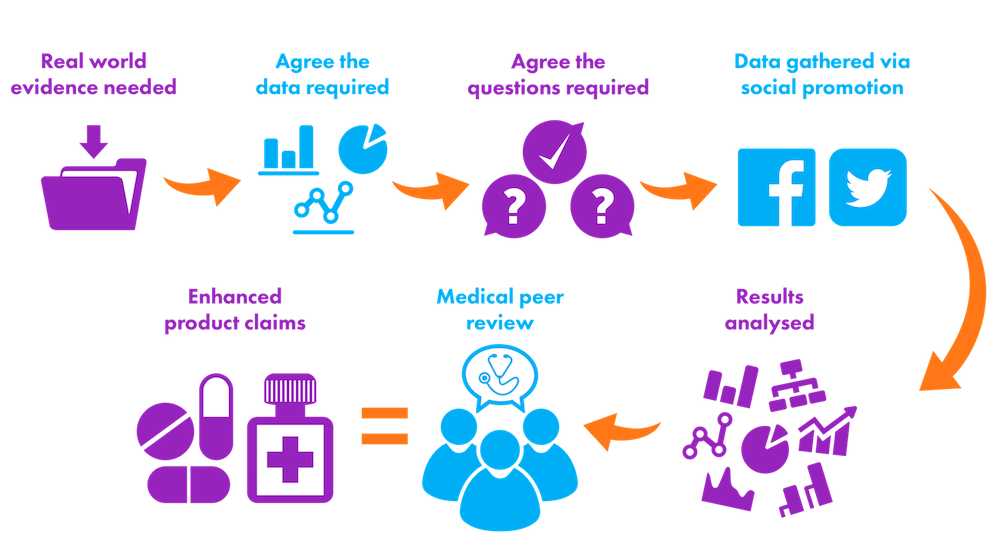While the FDA is preparing to develop and implement a program evaluating the potential use of real-world evidence (RWE) for regulatory decision making, a panel discussion at this year’s DIA Global annual meeting described how the industry is already using RWE to complement clinical trials.
Tarek Hammad, MD, PhD, head of signal detection and benefit risk assessment, global patient safety innovation at EMD Serono, talked about the role real-world evidence played in the recent approval of avelumab – an anti-PD-L1 monoclonal antibody — to treat metastatic Merkle cell carcinoma (mMCC), a rare aggressive skin cancer.

As explained by Hammad, there is no approved standard of care for treatment of mMCC, so investigators — instead of a using a formal comparator arm — generated data from electronic medical records (EMRs) on observed clinical outcomes in a patient population that received chemotherapy in current clinical practice. This data was then used as a benchmark for chemotherapy efficacy in a real-world setting.
The researchers were able to identify a subset of trial patients who responded to treatment with avelumab and document the benefit gained by contrasting it to the benchmarked data. Last year the FDA granted accelerated approval to avelumab.
Hammad said that several lessons can be learned from the avelumab approval:
- The use of RWE can be helpful in contextualizing single arm trials for rare diseases, such as mMCC;
- Early planning may be needed if it’s necessary to review patient records or biopsies;
- Response assessment in the real-world setting can be more subjective than those in controlled clinical trials;
- There is always going to be some reporting bias because only patients with complete follow-up information may have been entered into the database, possibly leading to either an under or overestimation of outcome measures;
Tamy Kim, PharmD, associate director of regulatory affairs, Office of Hematology and Oncology Products at the FDA, noted that the use of RWE must be balanced with several concerns: bias and confounding factors such as different patient characteristics and comorbidities, regional variations in standards of care, the quality and completeness of data, the ways in which physicians assess or diagnose patients and how to deal with data that comes from outside the U.S.
Plus, standards of care are rapidly evolving. “So, when new drugs are introduced into a standard of care it’s going to be harder in a real world setting to determine whether the outcome was the effect of particular drug or study or was related to that standard of care, and what new drugs were introduced in that standard of care.”
“With all that said, we are still excited to use real world submissions,” she said, adding that it could help speed up drug development.
She also observed that that one of the drivers spurring the use of RWE is “that the clinical trial paradigm is a paradigm that is used in a relatively pristine setting,” said Kim
This means exclusion criteria often leave out certain groups of patients. For example, she pointed out that elderly patients, or patients with brain metastases or poor performance status are often excluded from oncology clinical trials, even though these patients do take oncology products in the real world.
“How do you know when you approve the drug that it’s going to have the same effect in the real world?” she asked. “We’d like to be able to use these drugs in the real world.”
Nancy Dreyer, PhD, chief scientific officer & senior vice president at IQVIA, who moderated the panel, noted that not only is the FDA promoting the use of RWE in clinical trials, but that the European Medicines Agency (EMA) has stated its intent to take an adaptive pathways approach to drug development — which means more use of real-world data.
When it comes to the use of RWE in clinical trials, “the train has left the station” as far as regulators and payers are concerned, said Dreyer.
